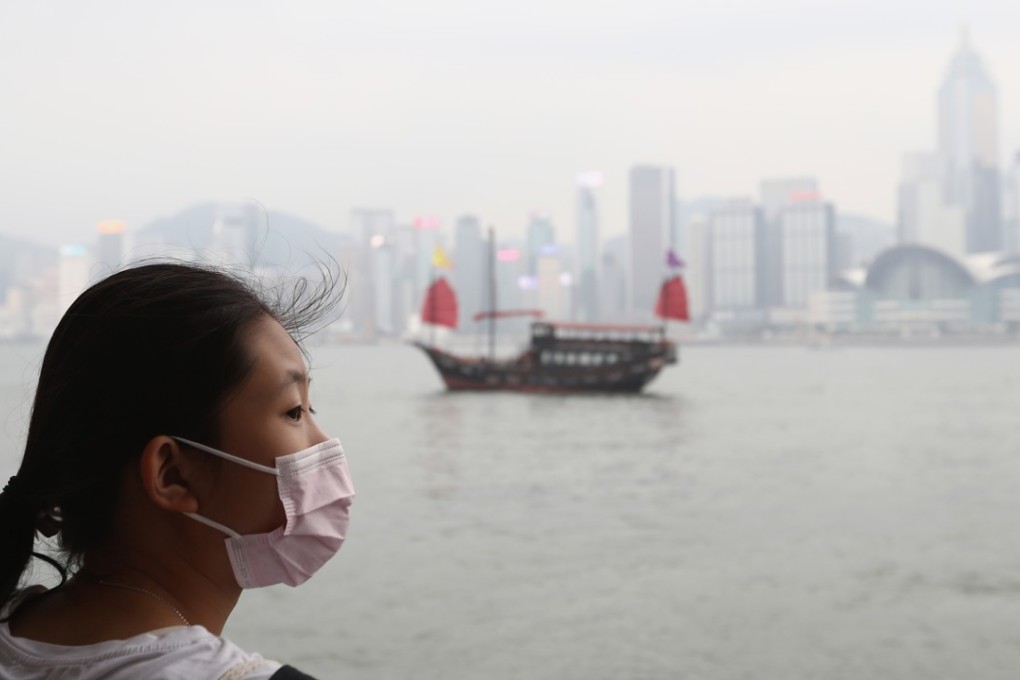Biggest source of air pollution in Hong Kong? It’s shipping, not cars, or mainland China
- An in-depth look at the sources of harmful gases and particles that are choking the city

There is more to Hong Kong’s air pollution than meets the eye – or throat. How often have you heard that the smog actually comes from across the border? Or that cars are responsible for the toxic clouds that regularly envelope the city? Such tropes are seldom accurate. Here, we break down Hong Kong’s noxious vapours to tell you where the pollutants are really coming from – and what can be done about them.
What are the most harmful pollutants?
● Particulate matter – PM10 and PM2.5
These are particles of solid and liquid matter so small they can remain suspended in the air. They are widely considered to be the most dangerous of the air pollutants, and the World Health Organisation considers them a Group 1 carcinogen: an agent proven to cause cancer in humans.
The numbers refer to their size in micrometres (millionths of a metre): PM10 are particles smaller than 10 micrometres in diameter; PM2.5 depict particles smaller than 2.5 micrometres. Particulates can come from a huge range of sources, from pollen and wildfires to power plants and car engines.
The smaller PM2.5 particles are considered to be even more harmful than PM10 particles, as they can penetrate further into the lungs and more easily enter the bloodstream. Aside from cancer, particulates can cause bronchitis and other lung conditions, aggravate asthma, and are linked to birth defects and heart disease.
● Sulphur dioxide
